For the production of any goods (with the exception of intellectual labor) special mechanisms are required. Otherwise, technological equipment. This can be machines for metal cutting, forging equipment, foundry, weaving and other types of machines, as well as equipment for the food, chemical, pharmaceutical and other industries. The list can be extended indefinitely. Technological equipment of the enterprise determines its competitiveness and demand for manufactured products.
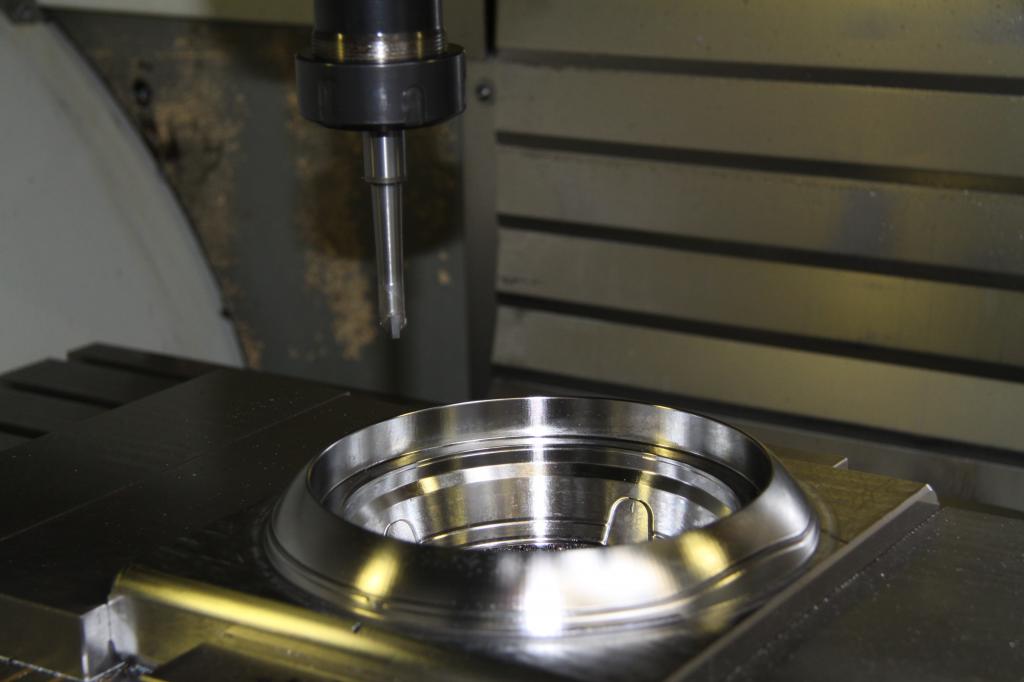
General concepts
Raw materials and materials are loaded and processed using process equipment. After the completion of a certain operation, the material or the workpiece undergoes significant changes. So, for example, when loading steel products into the furnace, further heating them to critical temperatures and cooling, the properties of the material change stepwise. The cooling medium can be air, industrial oil, water (both in pure form and with various additives) and even low-melting metal. Depending on the objectives pursued, specific technological equipment will be required. This is often an expensive imported equipment. The fitter can hardly cope with the maintenance of such equipment without special training.
Equipment classification
First of all, all machines, devices and mechanisms that take part in the technological process of manufacturing products are classified by the nature of the effect on raw materials (billets). Another important parameter is the structure of the product manufacturing cycle. In addition, equipment can be classified by productivity (the number of operations performed per unit time), by purpose, and by degree of automation and mechanization.
The authors of various textbooks adhere to different methodologies in the classification of technological equipment. This creates certain difficulties for independent study of a number of engineering disciplines. A special variety of approaches are characterized by foreign textbooks. In Russia, it is recommended to take the list as a basis.
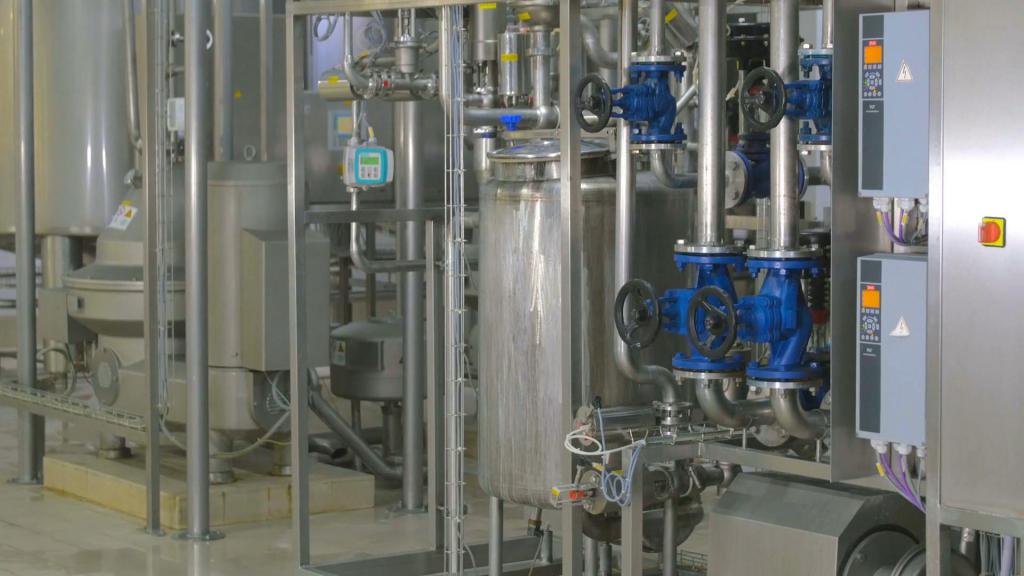
Automation classification
According to this criterion, technological equipment is divided into manually controlled mechanisms, semi-automatic machines and automatic machines.
It should be said that manual equipment is gradually disappearing from use. In accordance with modern concepts, a person does not have to do the physically hard work that robots can do. However, in some cases, universal machines are used. Moreover, in the near future they will not be replaced by automation. This, first of all, concerns repair shops, which are engaged in auxiliary maintenance of production facilities.
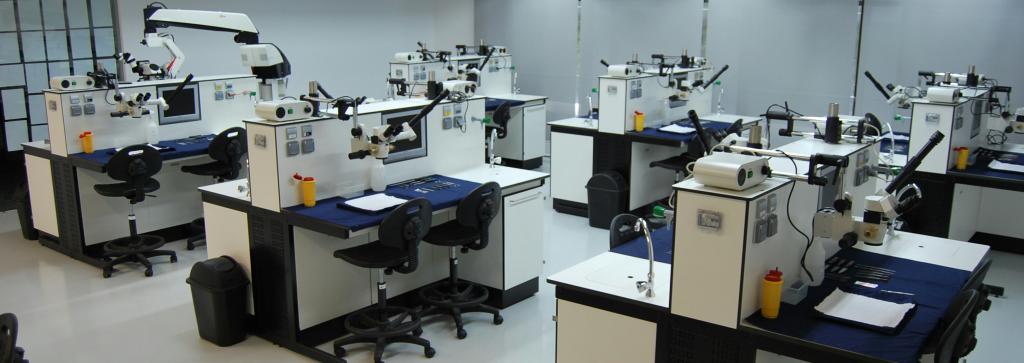
Impact on raw materials or workpieces
On this basis, it is customary to divide all machines and apparatuses into two large groups. This is technological equipment, which during processing changes the geometry (dimensions, shapes) of the workpiece. The second group includes machines that, when exposed to raw materials, change their physical and chemical properties.
Examples of technological equipment of the first type include turning, milling and other metalworking machines, as well as equipment of the foundry group, machines for hot and cold forging of metal, etc.
The second group is industrial furnaces for heat treatment of metals and alloys, equipment for cooking sugar and other similar devices.
It should be noted that the equipment of the first group, as a rule, has much more moving parts. In addition, it experiences significant loads. Therefore, the repair of technological equipment of this class is carried out much more often. Machines that do not participate in the shaping of product surfaces work stably and fail extremely rarely. So, for example, industrial furnaces most often fail due to burnout of heaters.
There are rare high-tech items of equipment that are universal-type machines that can process products and give them the desired shape and properties. Such equipment can be assigned to both the first and second types at the same time.
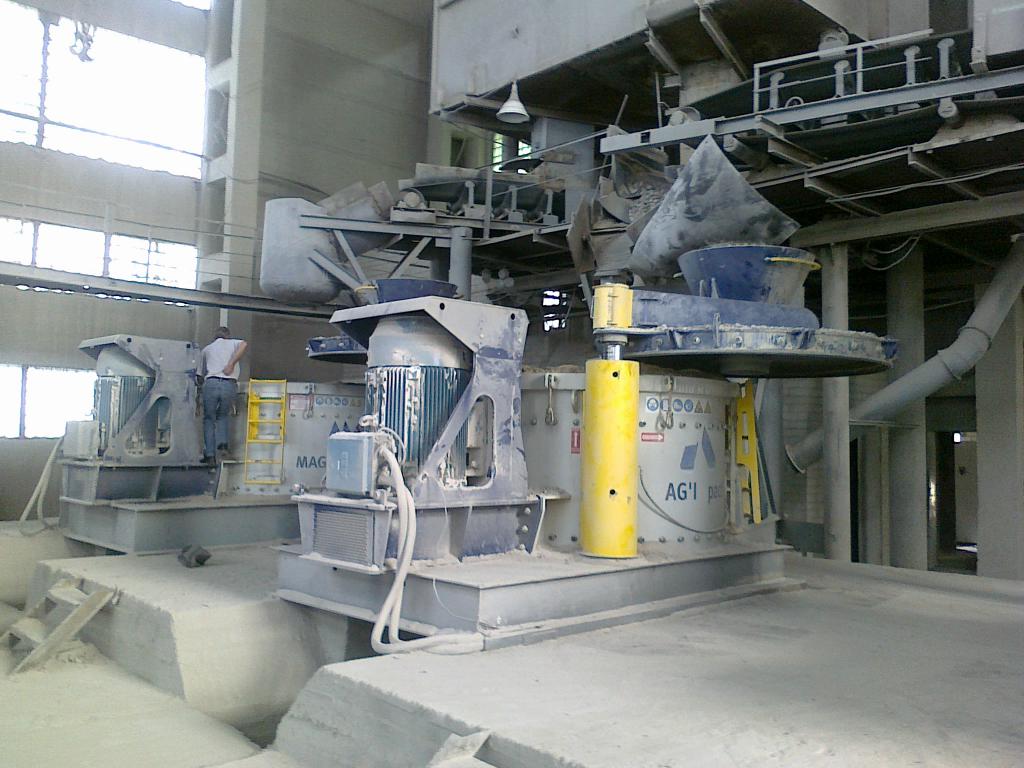
Classification of equipment by cycle structure
The cycle of the processing process is nothing more than the time from the beginning of the loading of raw materials or installation of the workpiece to the completion of the processing process and the sending of labor to the warehouse or to the next operation.
Machines come in batch and continuous operation. Both those and others have their own advantages and disadvantages, which are reflected in the economic performance of the enterprise.
Batch equipment
In the first case, the workpiece (raw materials) is processed by the machine for a certain time, after which it is removed from the device and sent to further operations, and the machine processes the next product (a portion of raw materials). An example of such machines are metalworking machines, blast furnaces, industrial meat grinders and others. Such machines belong to the main technological equipment. Although there are exceptions to this rule.
Operation of batch process equipment requires specialist training and skills from the contractor. Otherwise, such machines will constantly fail.
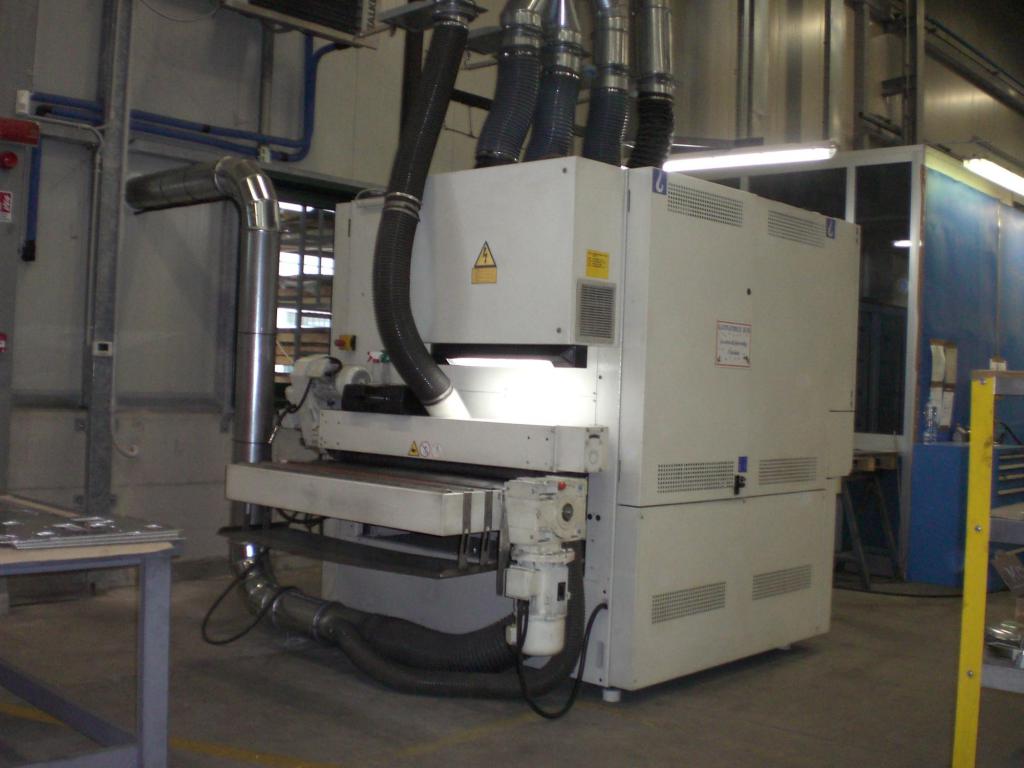
Continuous equipment
A distinctive feature of such machines is the simultaneous unloading of finished raw materials (products) and the receipt of semi-finished products (installation of blanks) in the machine. Thus, a continuous production cycle is organized. Technological equipment operates non-stop. The absence of technological interruptions negatively affects the operation of the equipment. Over time, cases of failure of it become more frequent.
An example of a continuous machine is an automatic machine for the production of polyethylene products: plastic granules enter the entrance, while a plastic tape constantly goes out and wound on a bobbin. Also, rotary-type machines belong to such equipment.
The advantage of using such equipment is its simply incredible performance. It sometimes exceeds the performance of traditional continuous cycle machines by several tens of times.
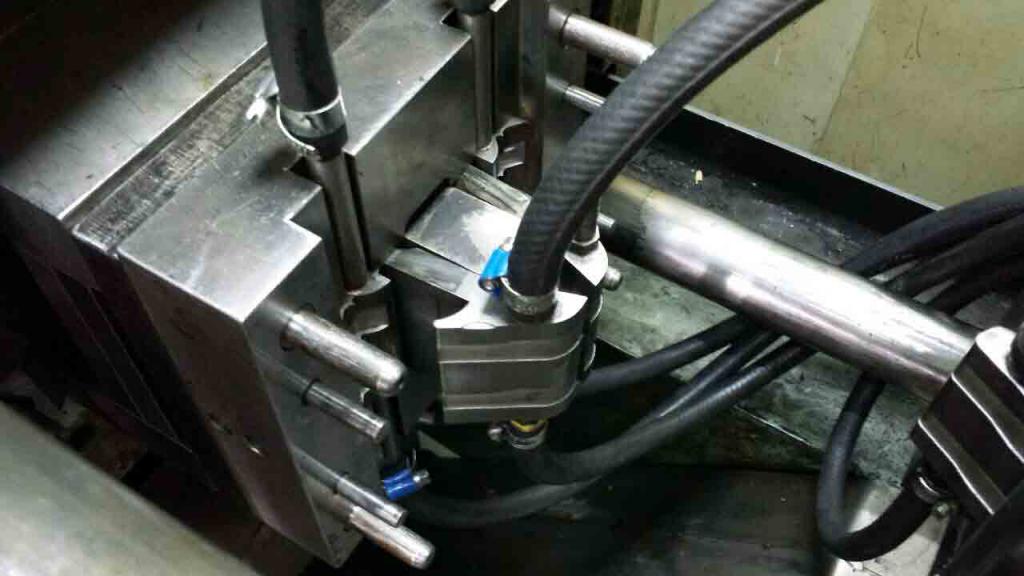
Classification by the number of operations performed
On this basis, all equipment can be divided into multi-operation and single-operation.
Each of the two types has its own indications for use for different types of industries, as well as advantages with disadvantages. Not always more expensive equipment will do its job better than much cheaper domestic counterparts.
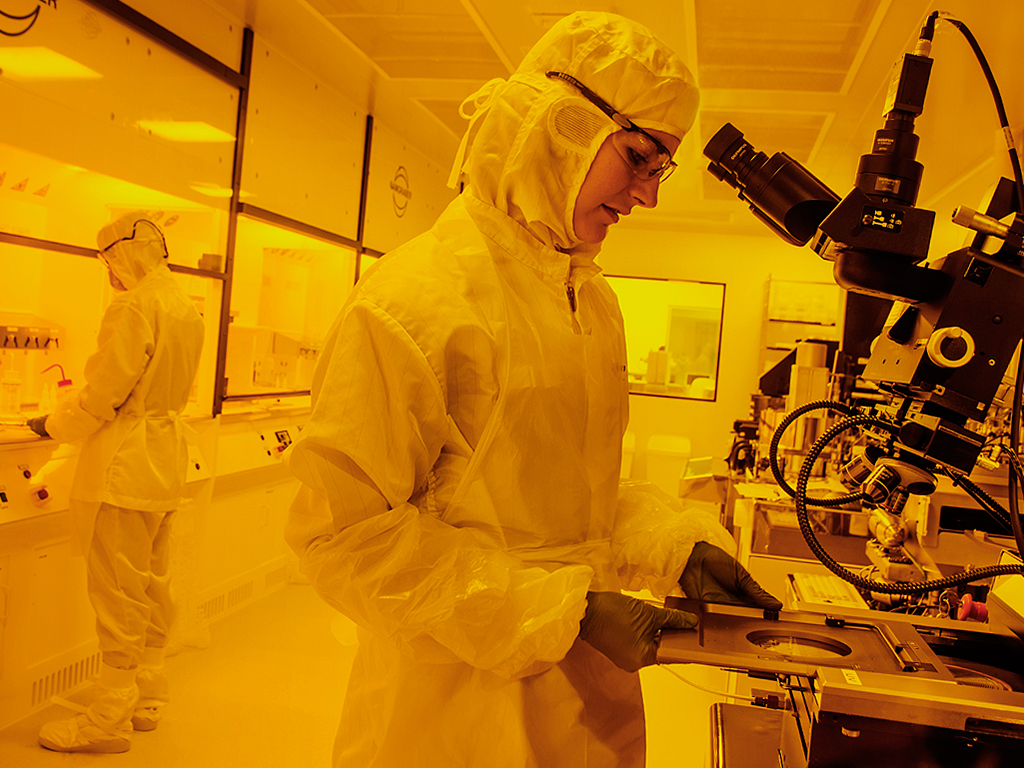
Single Operation Machines
From the name it is clear that this class of technological equipment includes machines and mechanisms that are assigned the task of performing only one technological operation.
Examples of such processing equipment are band saws. This machine can perform a purely one function - cutting rolled products into blanks of different lengths.Examples from another industry are a meat grinder in a meat processing plant of a meat processing plant, an apparatus for slicing bread into even pieces, etc.
Multioperational machines
On such equipment, a huge number of operations can be performed. It is considered universal.
The ability to produce a large range of products is very attractive. However, in mass and large-scale production such machines are extremely undesirable because of their "capriciousness". Such equipment is very high-tech, so it requires careful care and maintenance. In the context of mass production, these measures to prevent breakdowns, frankly, do not receive attention at all. As a rule, machines and mechanisms are repaired on demand (in case of breakdowns and failure). Indeed, the main technological equipment often works in three shifts, and sometimes even seven days a week. Therefore, it must be reliable. For such purposes use special equipment. Yes, its technological capabilities are limited, but the design of such machines is maximally simplified, which means they work reliably and without breakdowns. It is only necessary to monitor the oil level in the gearbox and the coolant supply to the cutting zone.
Under such conditions, most high-tech solutions will be unclaimed and will only interfere.
